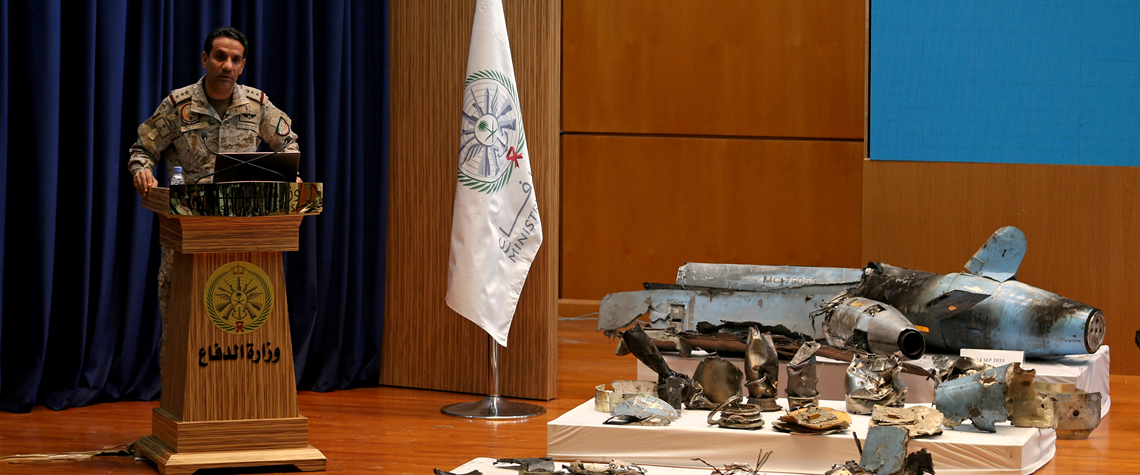Saudi Arabia in the firing line
The oil facility attacks highlight potentially fatal vulnerabilities in Saudi Arabia’s critical infrastructure
Oil prices retrenched as the prospect of a full-blown war with Iran—blamed by both Saudi Arabia and a sanctions expanding Trump administration in Washington for the c.25 armed drones and cruise missiles assault on the world’s largest oil stabilisation plant at Abqaiq and Khurais, the kingdom’s second-largest oilfield situated about 200km (124 miles) southwest of Abqaiq—receded. Some analysts hail Saudi Aramco’s ability to restore calm in the aftermath of the incident. “Despite the damaging attacks, it is remarkable how resilient the Saudi infrastructure is proving to be,” says Jan Kalicki, an energy security expert at the Wilson Center, a Washington-based thinktank. “About half is to be r

Also in this section
12 December 2025
The latest edition of our annual Outlook publication, titled 'The shape of energy to come: Creating unique pathways and managing shifting alliances', is available now
12 December 2025
The federal government is working with Alberta to improve the country’s access to Asian markets and reduce dependence on the US, but there are challenges to their plans
11 December 2025
The removal of the ban on oil and gas exploration and an overhaul of the system sends all the right messages for energy security, affordability and sustainability
10 December 2025
The economic and environmental cost of the seven-year exploration ban will be felt long after its removal







